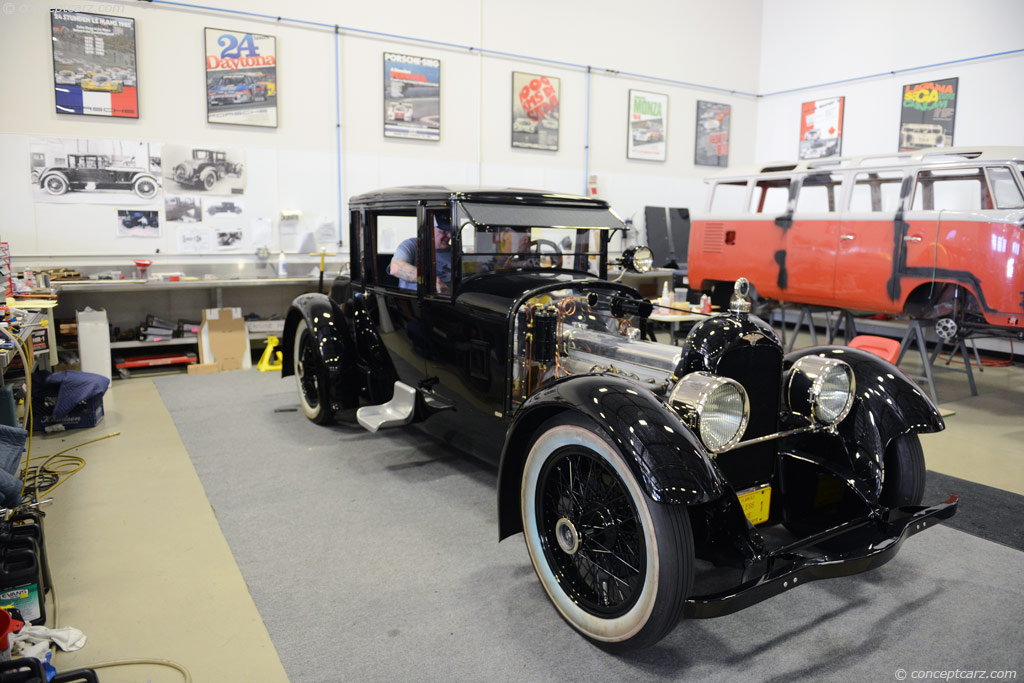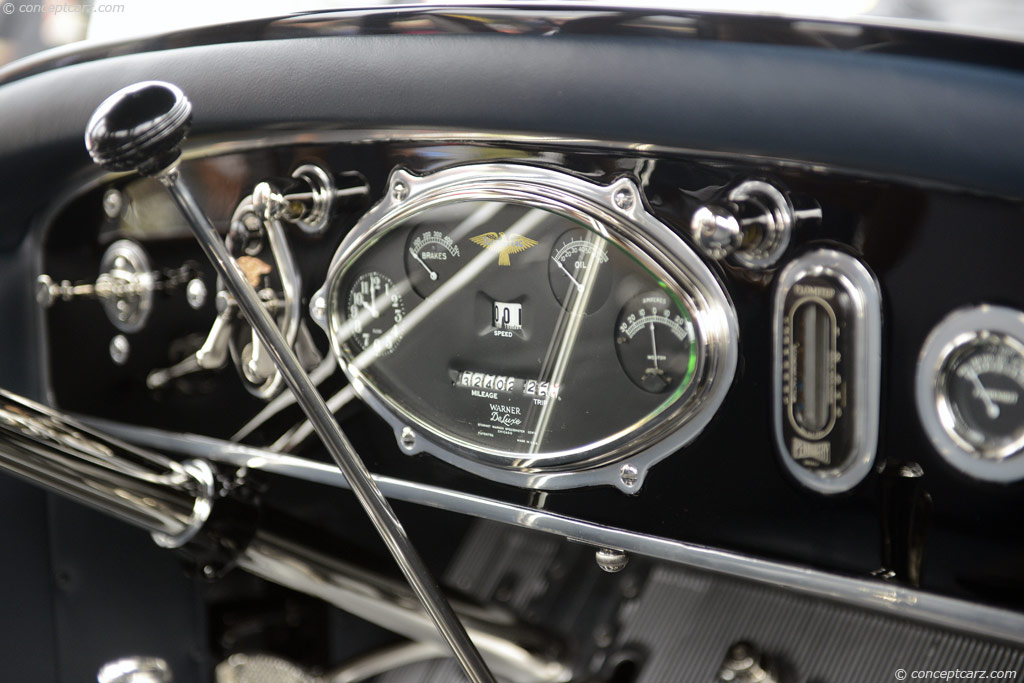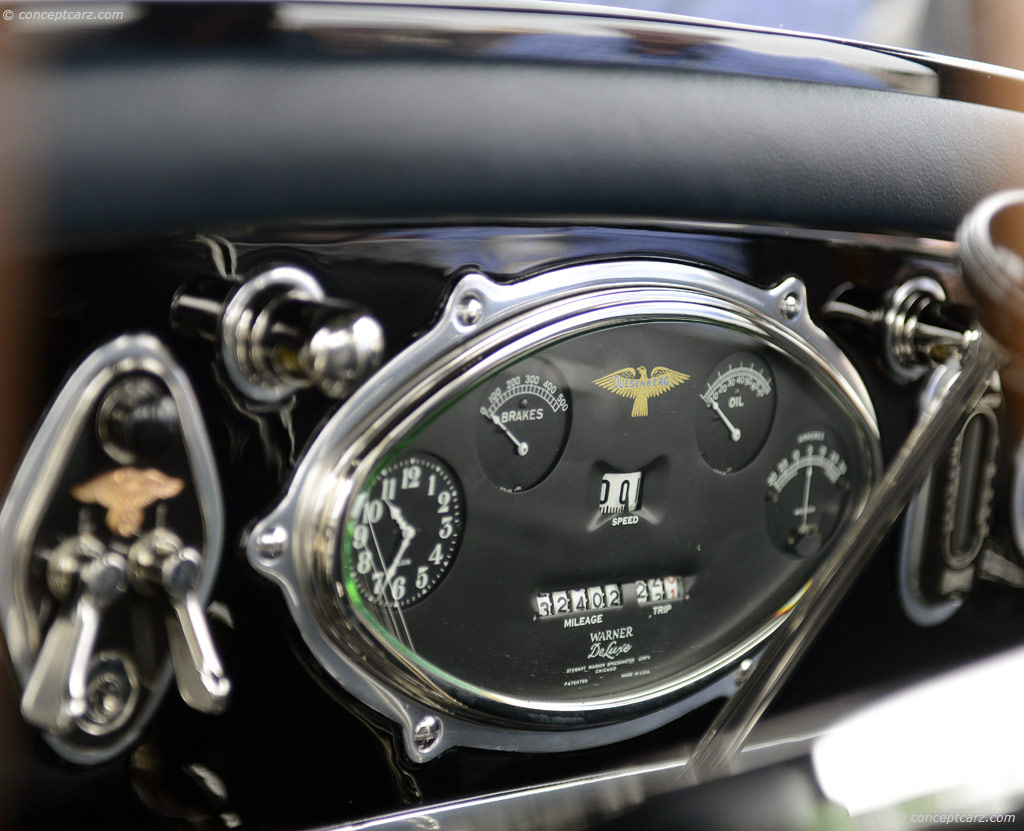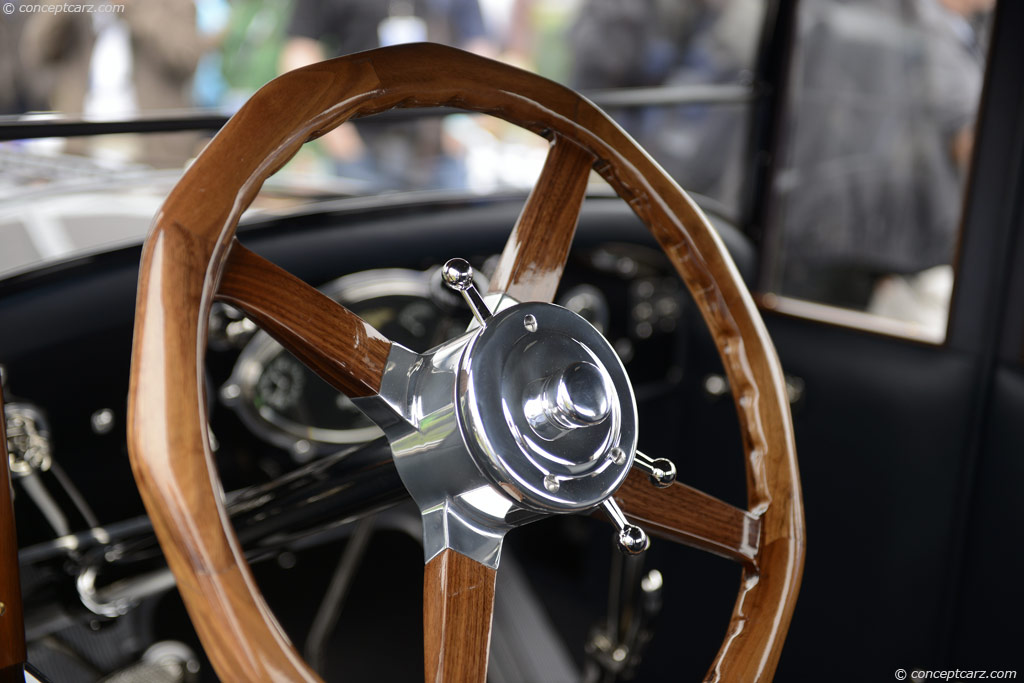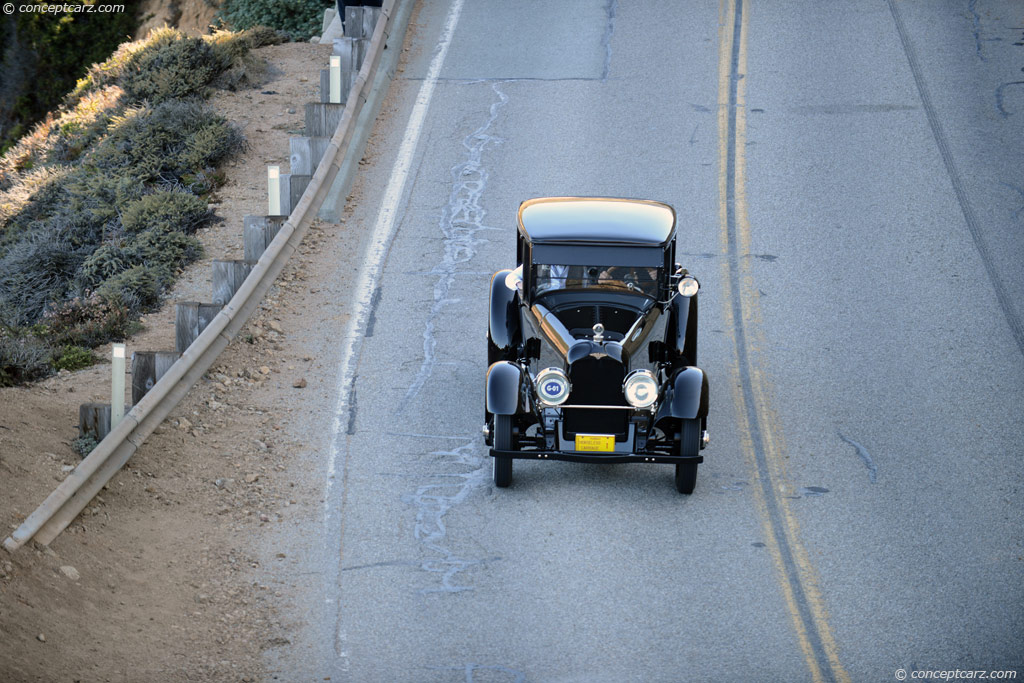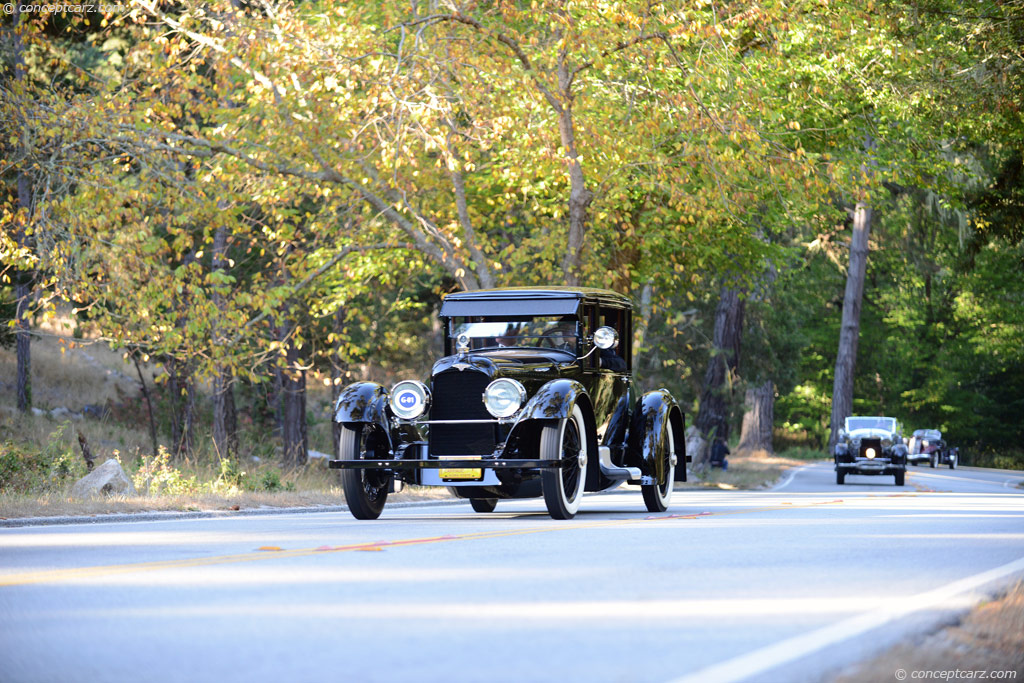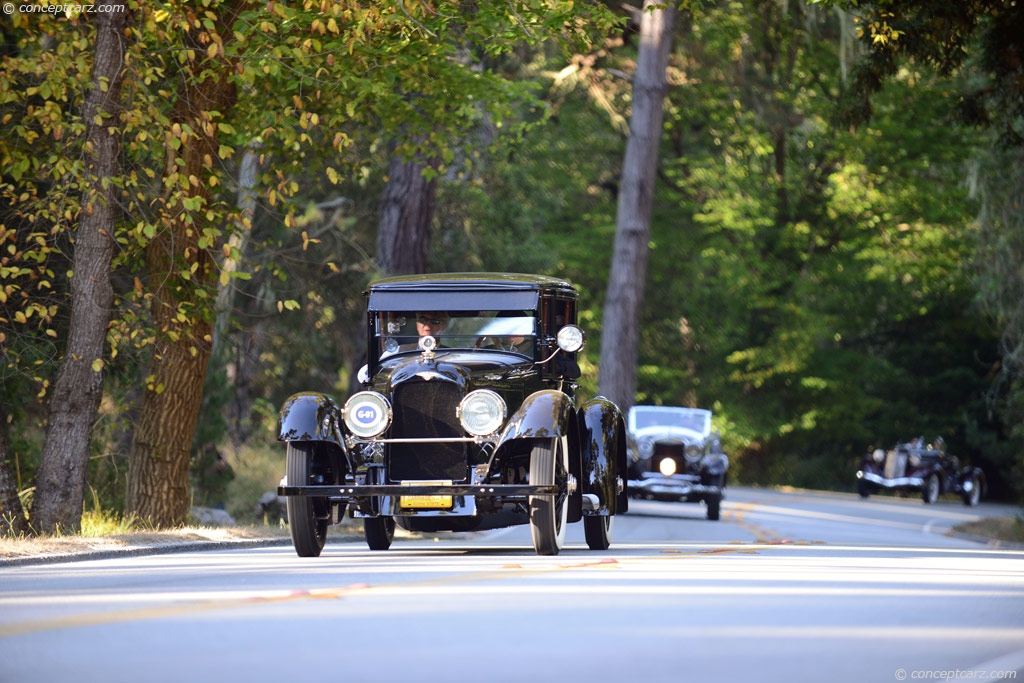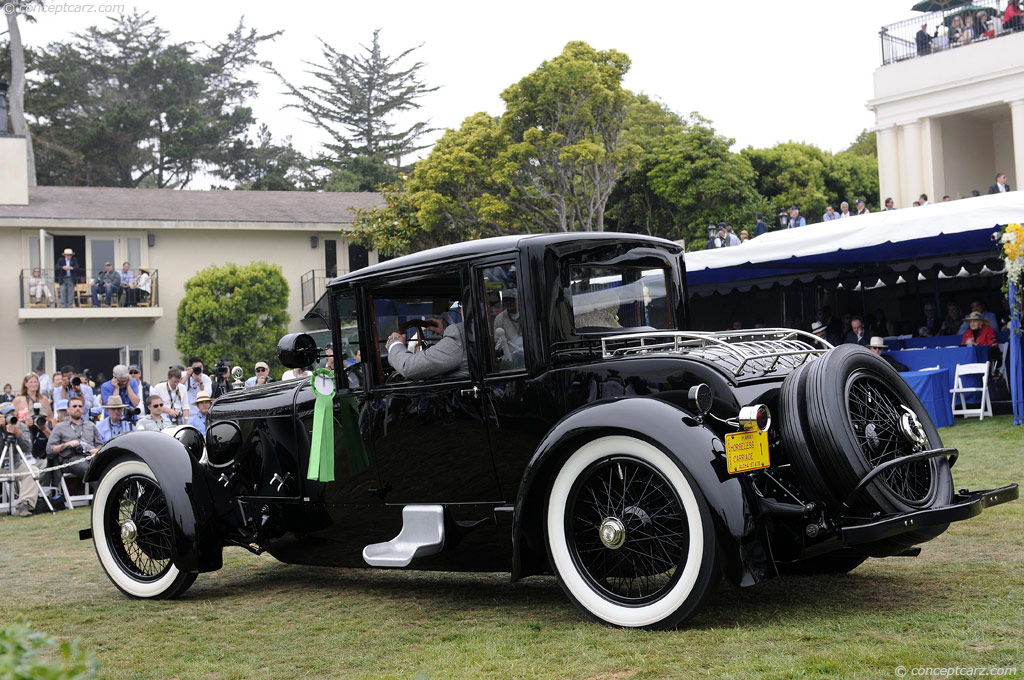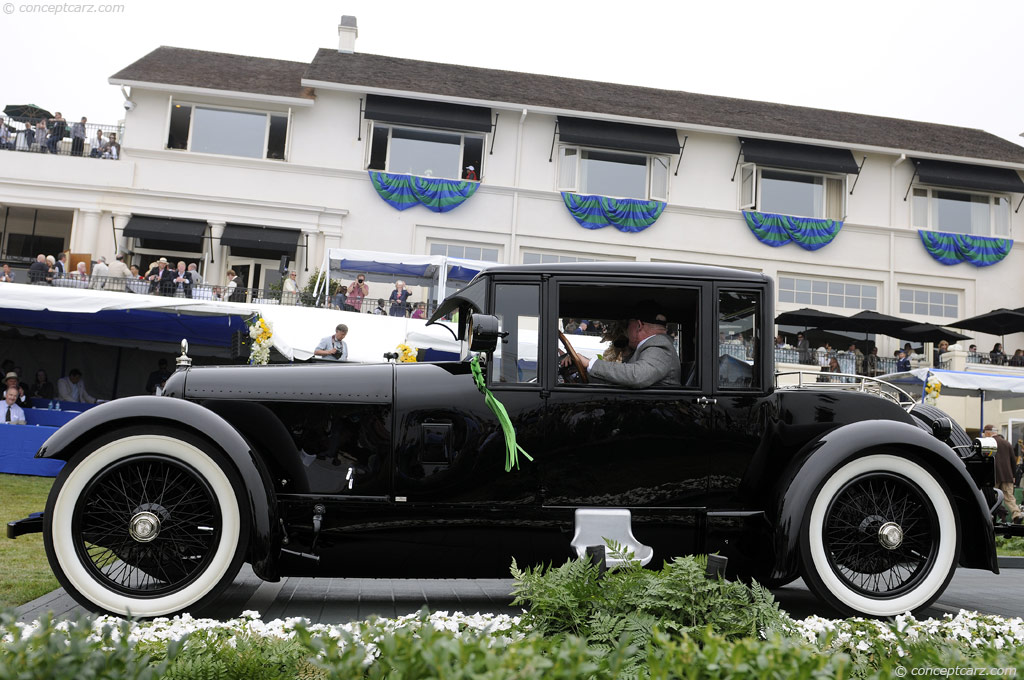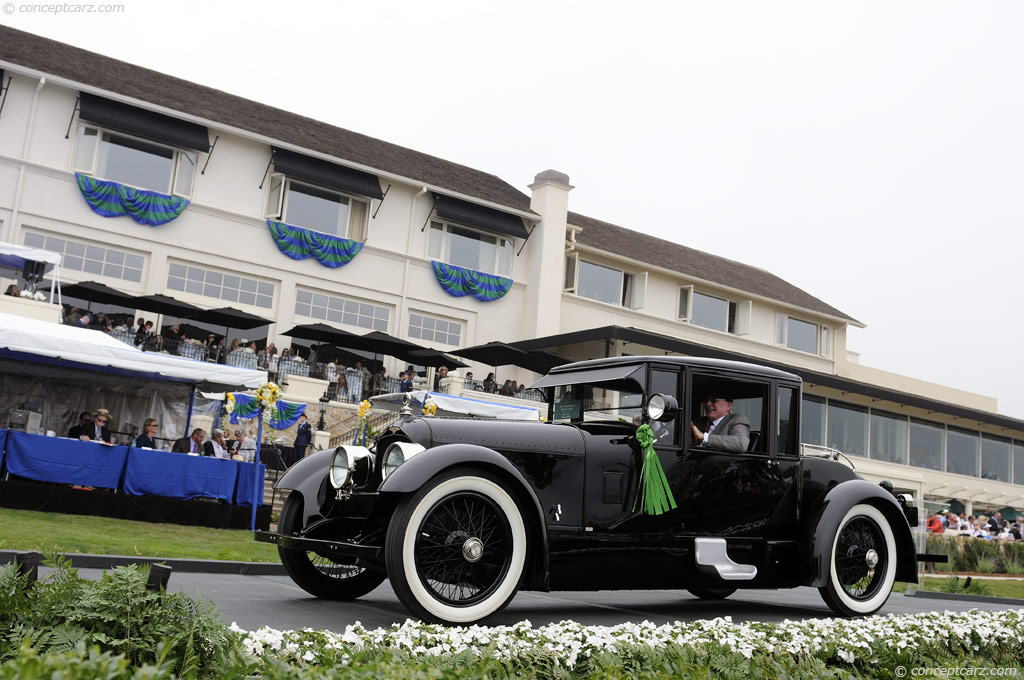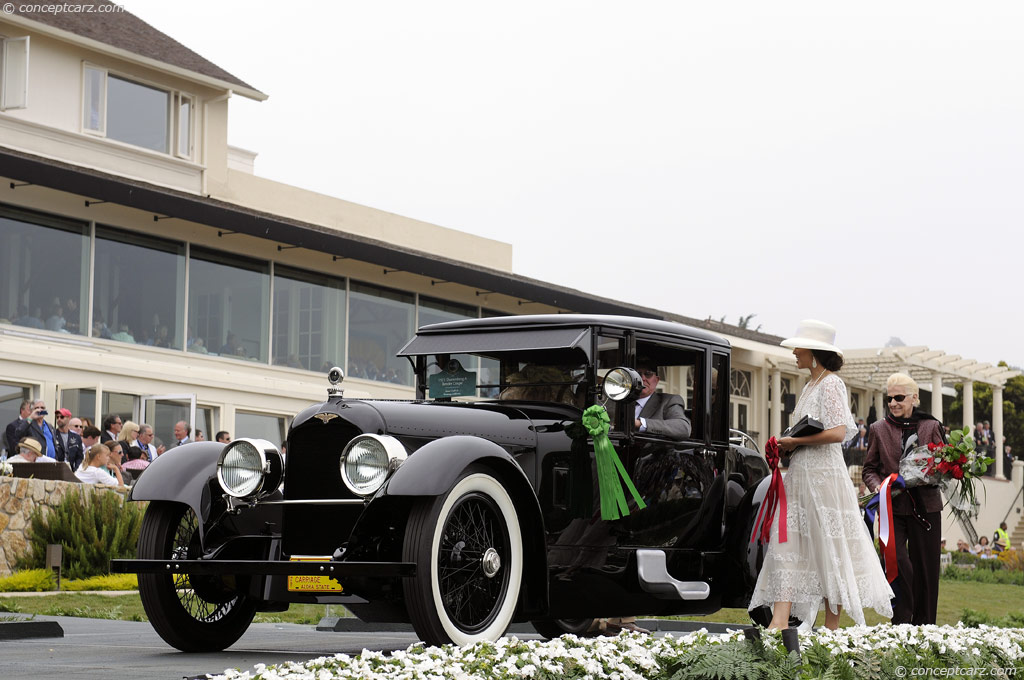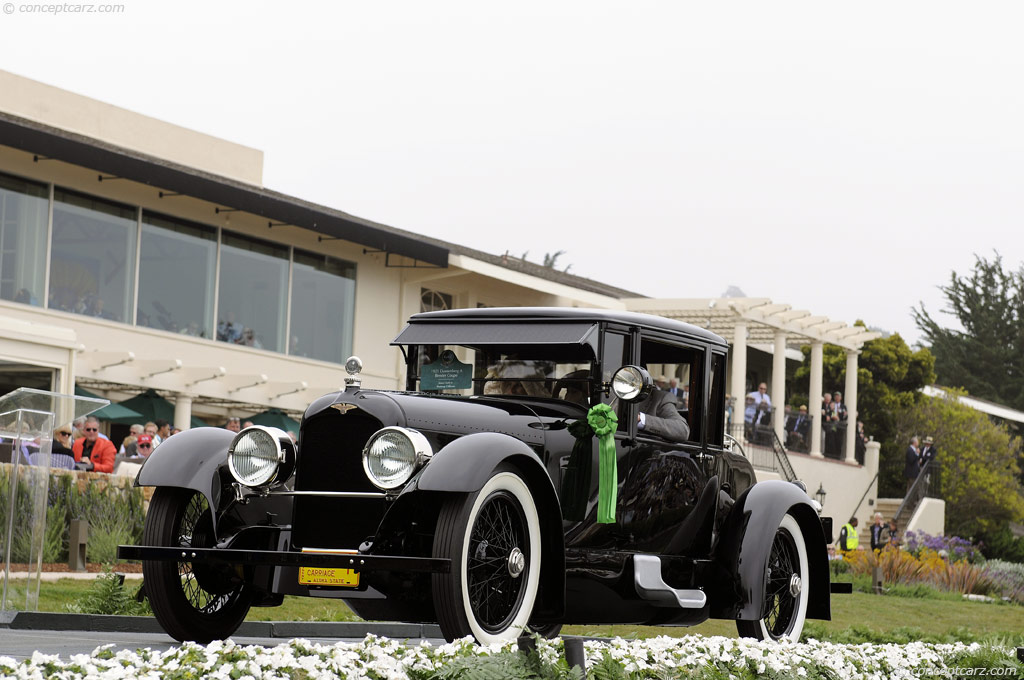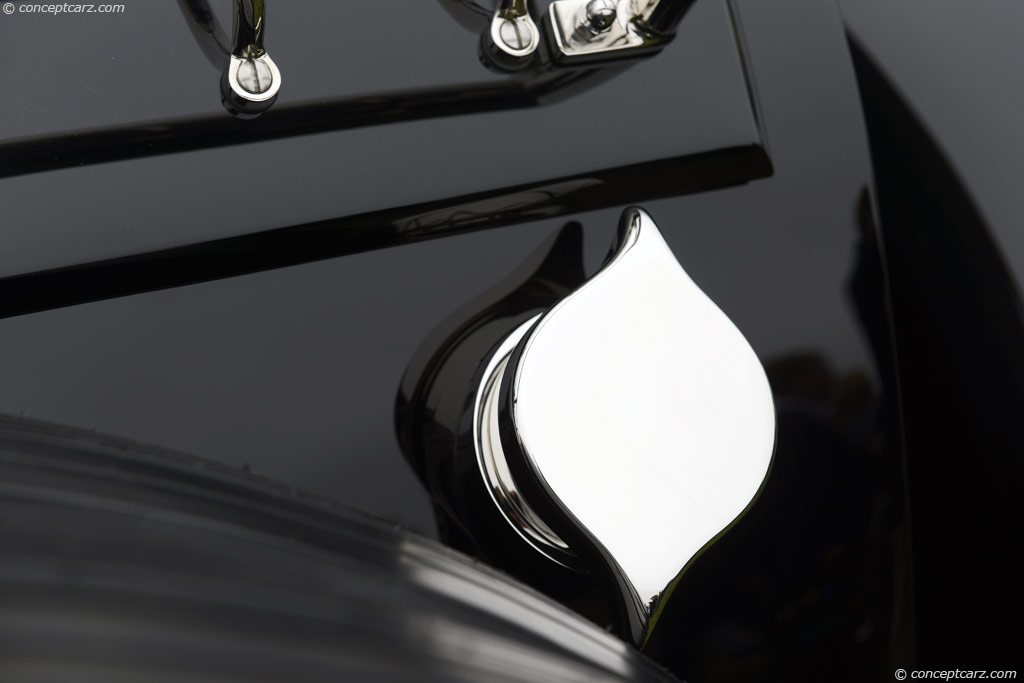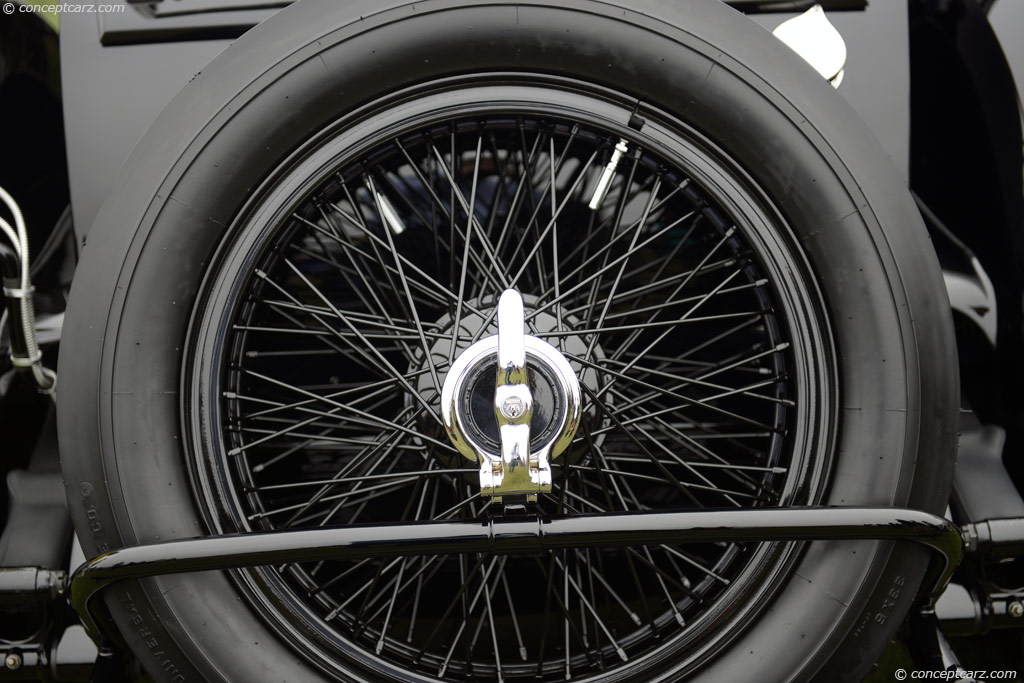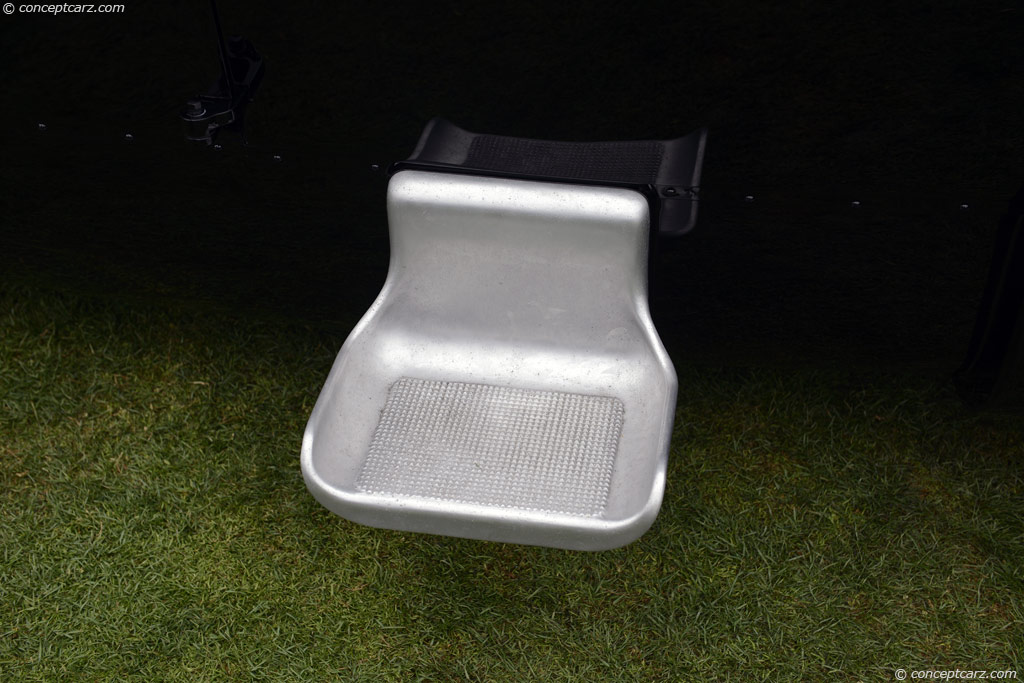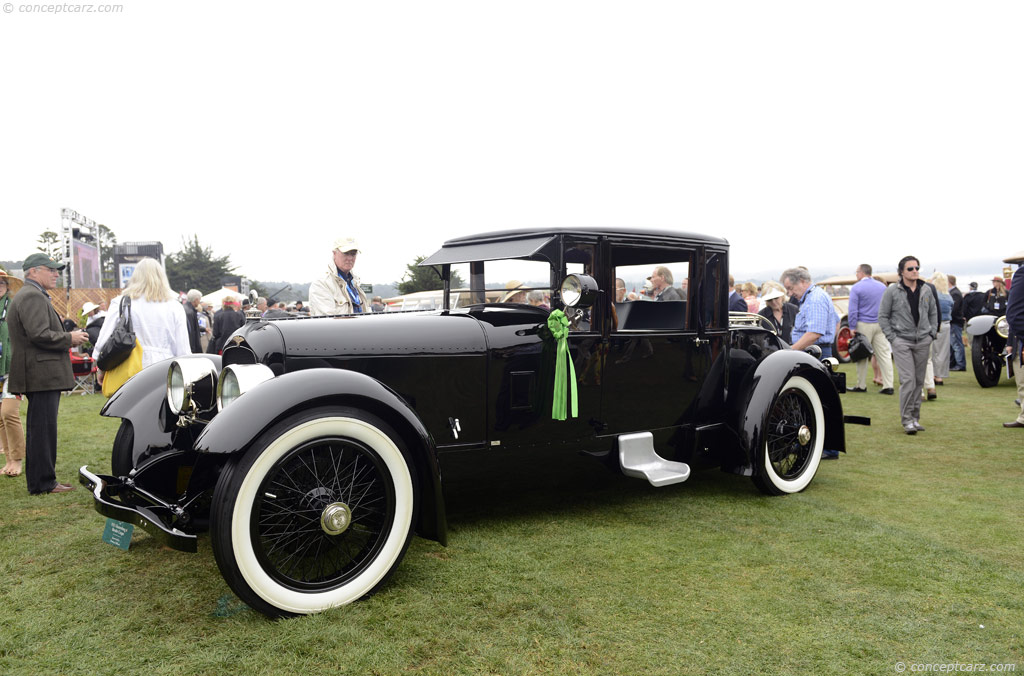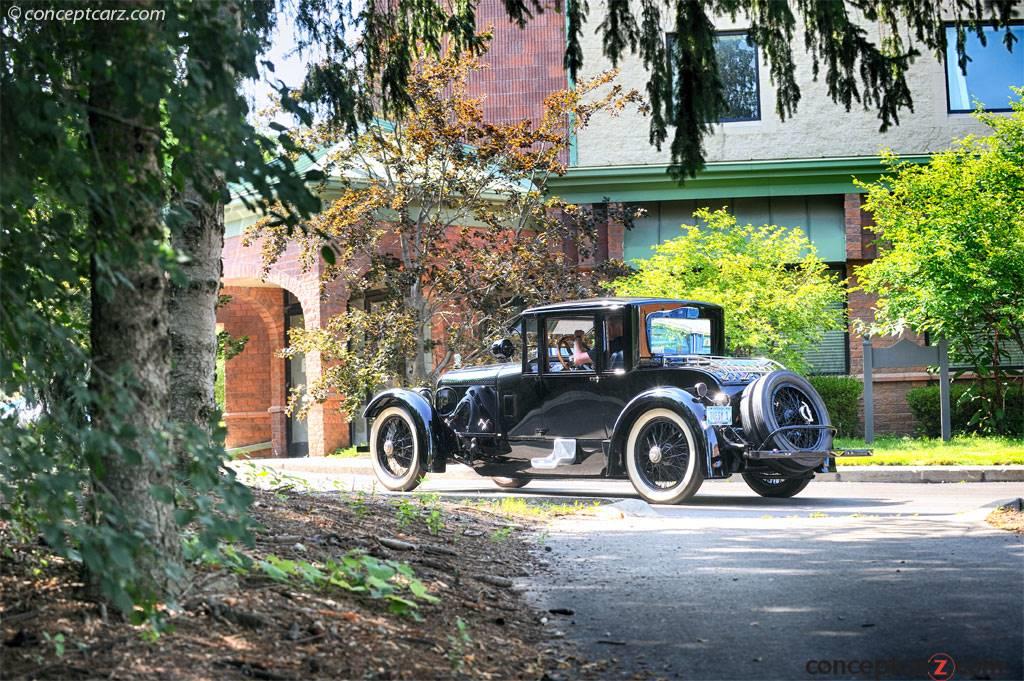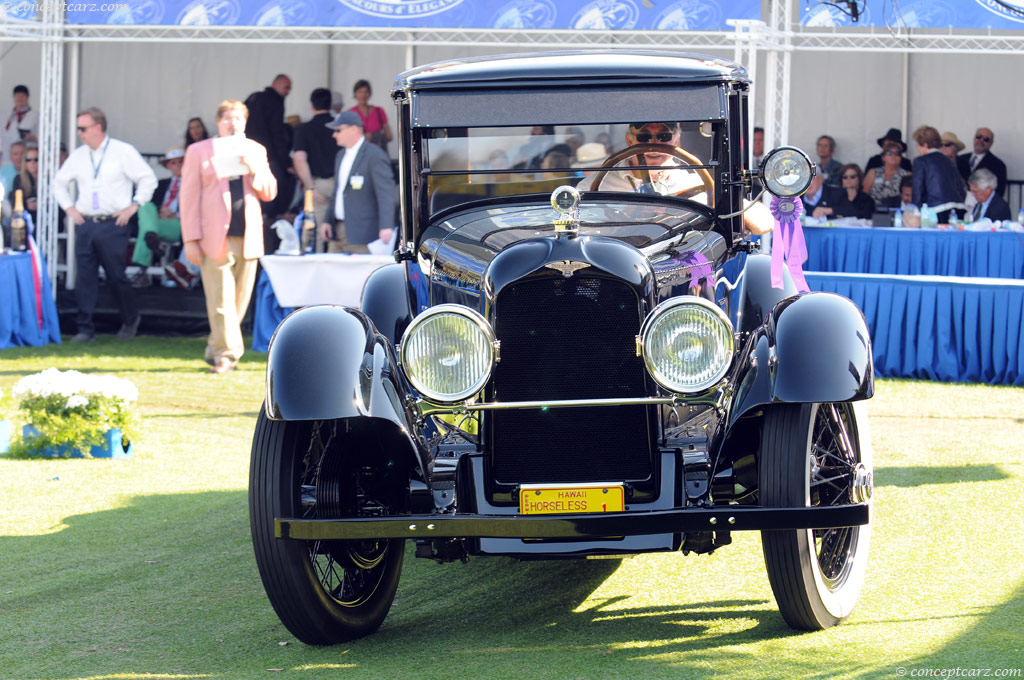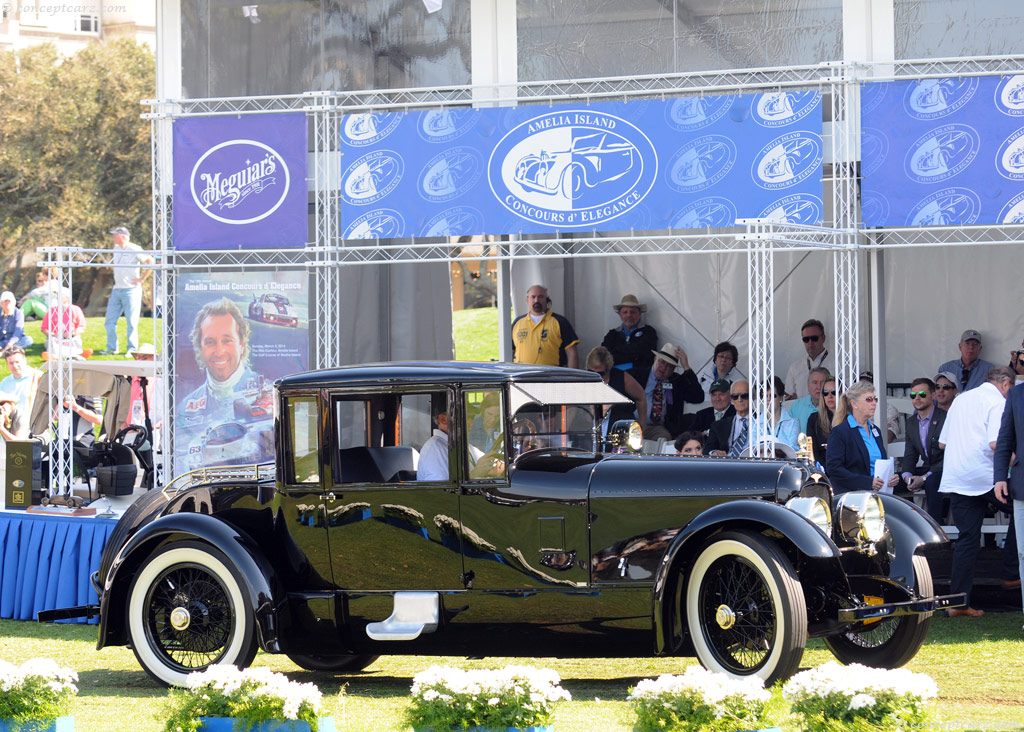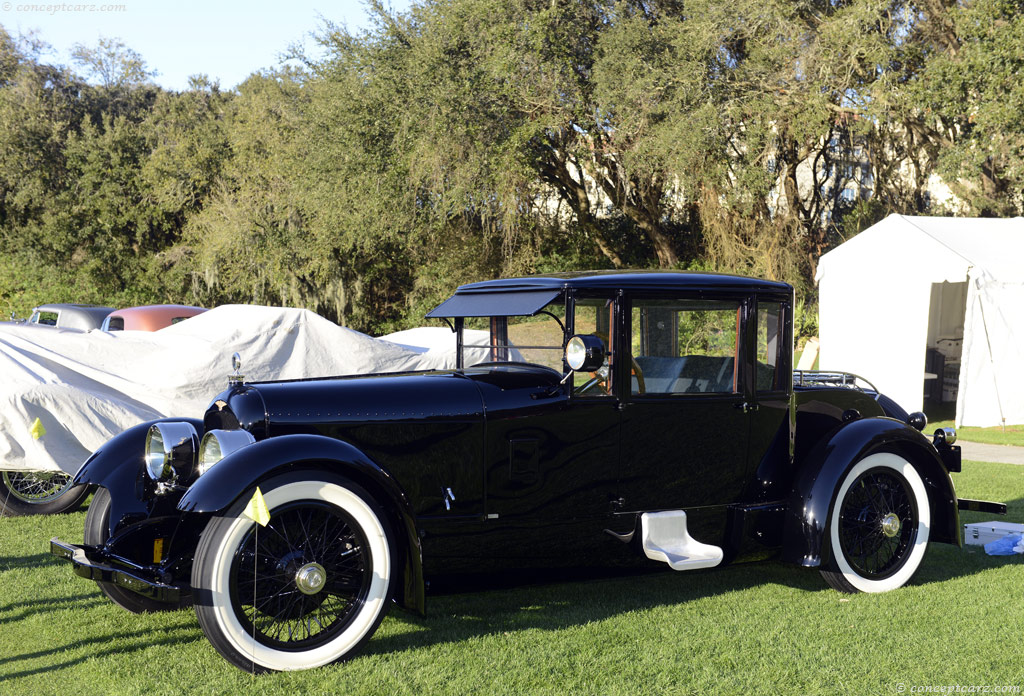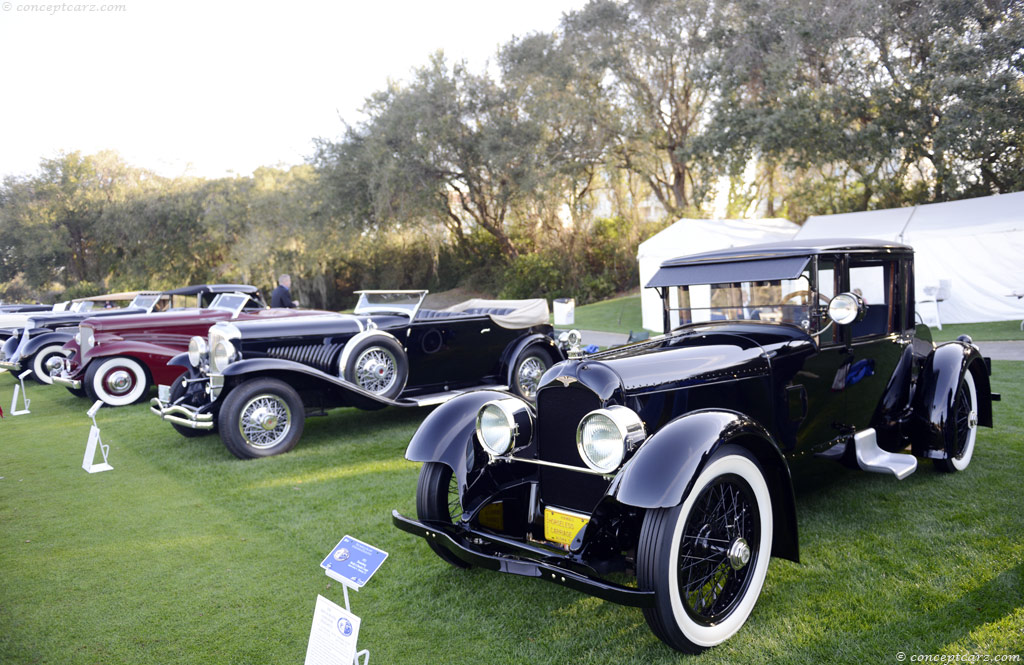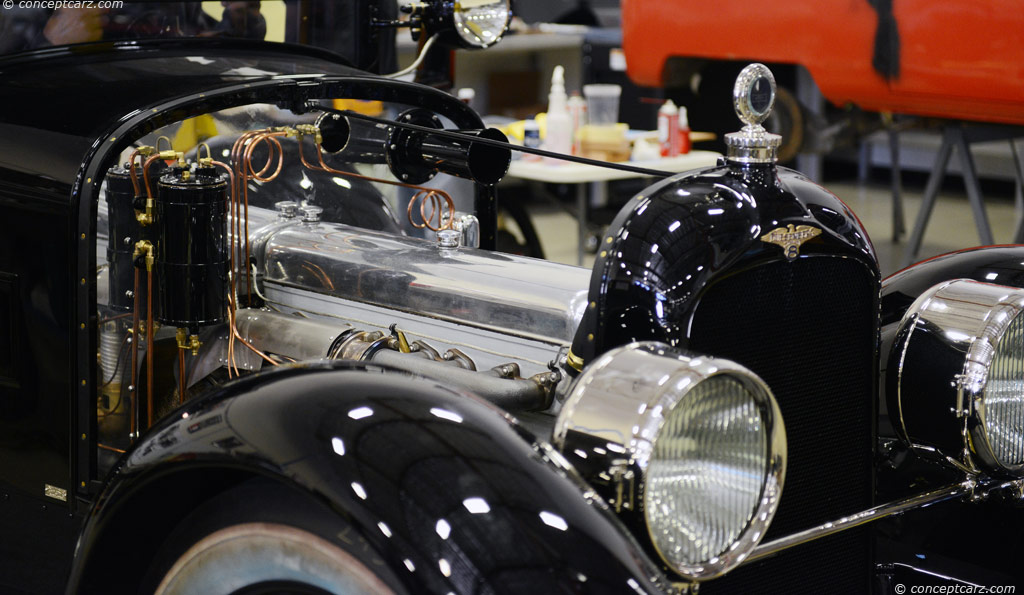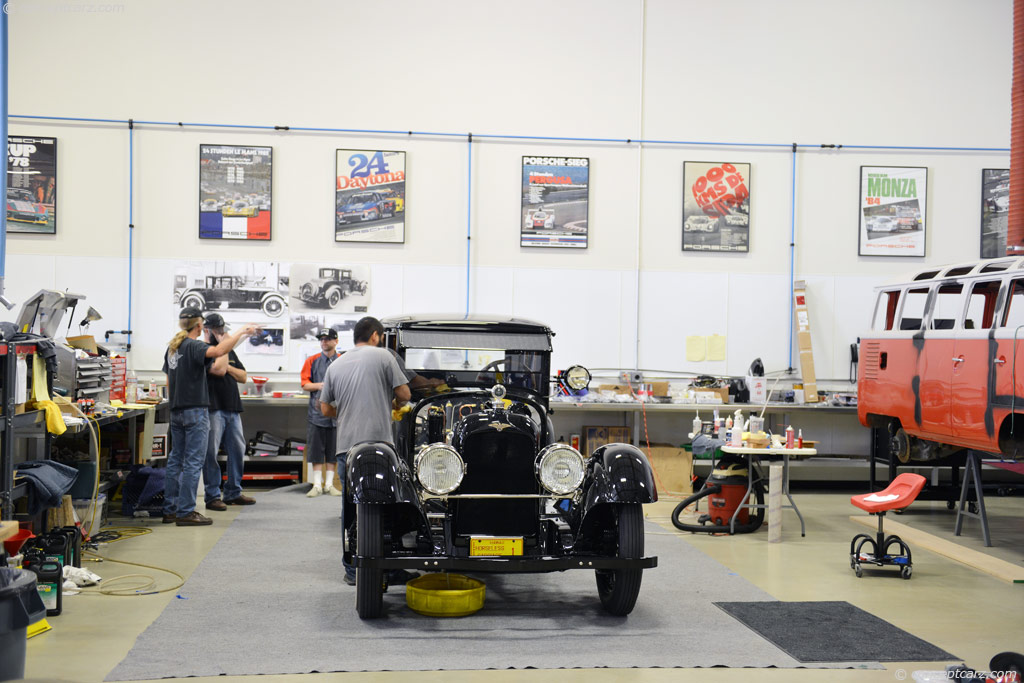Brothers Fred and August Duesenberg will be remembered always for their outstanding motorcars. True perfectionists and genius engineers, the Duesenbergs were responsible for some of the very best racing and road-going cars in the world from the building of their first cars in 1913 until the last automobiles to bare their name was produced in 1937.
But while all Duesenberg cars were outstanding works of engineering excellence, not all are held in the same regard by automotive collectors and historians. The later Model J, and particularly the supercharged Model SJ, has all but eclipsed the first Duesenberg production car: the Model A.
Perhaps Models J and SJ have earned their greater fame. After all, they were utterly uncompromised cars—fast, fabulous, and enduringly fashionable thanks to beautiful coachwork by the likes of Rollston and Murphy, penned by such sensational designers as Howard Darrin and Gordon Buehrig. The J and SJ featured straight-eight engines with four valves per cylinder, operated by twin overhead camshafts. Built to win and dressed to kill, these later Duesenbergs have become highly-prized trophies for affluent car collectors.
Yet the Model A, at least for its time, was the equal of the later J and SJ in terms of innovation. It pioneered the use of hydraulic brakes and was the first production car powered by a straight-eight. With this in mind, it would seem that the Model A has been held back primarily by its sedate (though still handsome) looks. The Model A’s staid appearance may very well be the reason why it has not become as collectible as the Model J, but looks alone cannot explain why the Model A, which was technologically advanced and attractive for its time, was a commercial failure.
In reality, the Model A’s inability to realize sales expectations was no fault of the car’s. Rather, its poor commercial performance was the result of issues within the Duesenberg firm itself.
The Duesenberg brothers’ engineering prowess far outweighed their business skills, leading to the brothers’ well-intentioned decision to sell the rights to their name and designs to more experienced businessmen on March 8, 1920. It was then that the Duesenberg Automobile and Motors Company, Inc. was established to transfer control of the brothers’ small car company to people who could supposedly run the operation with greater proficiency. Newton E. VanZandt became president and Luther M. Rankin vice-president and general manager. Both Duesenbergs were given salaried positions, with Fred serving as vice-president in charge of engineering and August acting as assistant chief engineer.
The presumably competent VanZandt and Rankin were able to raise money quickly, but they spent far too much building and equipping a new plant in Indianapolis, leading to insufficient working capital by the time the Model A was ready for production. Further complicating matters, the Model A was first shown to the public in 1920, long before the car was ready for production. This proved to be a glaring mistake, as it prevented the new Duesenberg from taking advantage of the sensation caused upon its initial showing.
Deliveries of the Model A did not commence until December of 1921. The long delay could be traced directly to Fred Duesenberg who, in a defining moment that emphasized his perfectionist tendencies, decided that the production Model A must have an engine employing an overhead camshaft instead of the side-rocker arm arrangement used on the prototype. The advantages of the overhead camshaft had been proven by Duesenberg racing cars, and it had been decided even before the Model A prototypes were shown that the production cars would receive the benefit of such an arrangement. But the fact that the engine redesign was planned did not make it timely, as it delayed production by ten months.
Once underway, Model A production was limited to about one car per day. This slow rate was far behind the initial sales projections that hoped for 2,400 cars per year. Slow sales failed to generate the funding required to run Duesenberg Automobile and Motors sufficiently, and as production continued new problems emerged. After only a year as president, VanZandt was abdicated, replaced by B.A. Worthington. Also the president of a railroad, Worthington was unable to dedicate sufficient time to his Duesenberg duties. Though he remained president until 1923, the company was effectively being run by lower-ranking employees who had no business heading an automobile company. In July of 1922, Chester S. Ricker became general manager, which gave him substantial influence over the company due to Worthington’s lack of involvement. Ricker proved to be a competent leader, but by then Duesenberg Automobile and Motors was in deep financial trouble. In 1924, the company went into receivership.
This, of course, was not the end of Duesenberg, or even of the Model A. By 1925, a new firm had been organized called the Duesenberg Motors Company, with Fred Duesenberg serving as president. Model A production resumed for 1925 and 1926.
The Duesenberg Model A, with the tumultuous business endeavors that backed it, was arguably a better representation of the Duesenberg brothers than were the later Models J and SJ. In the autumn of 1926, luxury car tycoon E.L. Cord arranged the purchase of Duesenberg Motors Company, leading to yet another reorganization of the company, finally named Duesenberg, Inc. Cord was a superb businessman, and under his guidance, the Duesenberg name was applied to America’s most spectacular cars of the late-1920s and 1930s. These exemplary vehicles were created to act as halo cars for E.L. Cord’s luxury motorcar empire, which also included Auburn and Cord. So while the cars of Duesenberg, Inc. featured the unbridled engineering magic of the Duesenbergs themselves, that company’s splendid creations were perhaps too amply funded and well-thought-out to have been as true to the spirit of the Duesenberg brothers as the Model A had been. The Model A illustrated the struggles and triumphs of Fred and August, while the J and SJ cars spoke only of success.
The J and SJ Duesenbergs will in all likelihood remain far more collectible than the Model A. This cannot diminish the historical significance of the Model A, though. With roughly 650 produced, the Model A was the highest production Duesenberg ever created. It will remain an excellent collector car capable of delivering the genuine engineering excellence of the Duesenberg brothers in a more conservative and far more attainable package than a later Duesenberg.
Sources:
Roe, Fred. Duesenberg: The Pursuit of Perfection. 1st. London: Dalton Watson Ltd, 1982. 73-106. Print.
